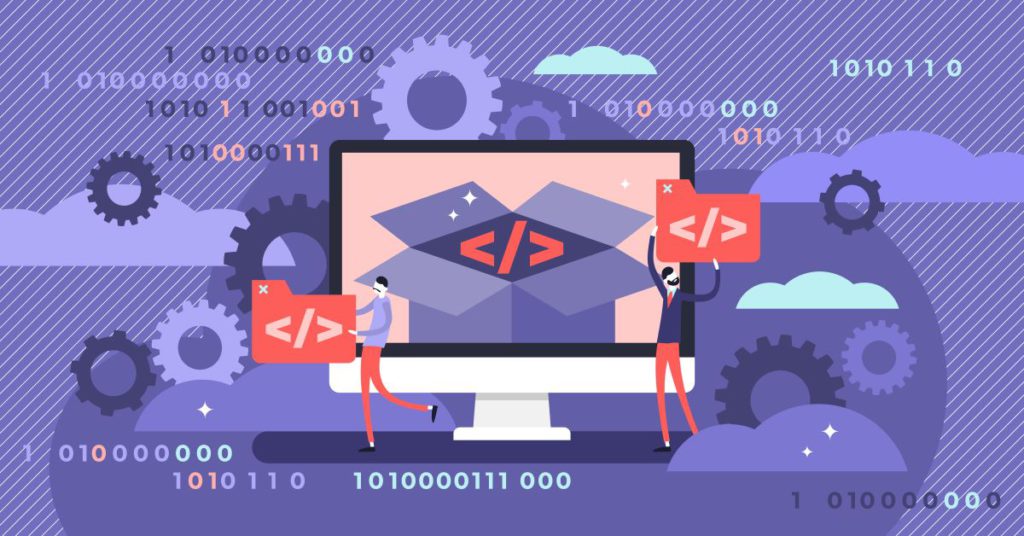The Myth of COTS Vendor Lock-In
There is no doubt that the lack of openness and proprietary technology leads to vendor lock-in, which increases post-implementation costs, including training, employee retention, product support, upgrading, and indirect access – as is the case with Enterprise Resource Planning (ERP) vendors of Commercial Off-the-Shelf (COTS) software. This lack of openness creates barriers to adopting more effective solutions in the future, making it difficult for organizations to evolve and innovate.
For years, COTS software has been labelled as monolithic and proprietary, designed to lock-in customers and create dependencies on vendors. This myth has perpetuated the perception that governments should rather choose custom developed Integrated Financial Management Information Systems (IFMIS) rather than COTS software. However, not all COTS are equal.
The Reality of Open Technology
The reality is that there are degrees of openness that range across different levels. These levels can be classified into integration, programming language, product design, and technology platform. Each level has its own set of criteria, ranging from no open standards to full open standards, vendor proprietary language to open source language, and monolithic consisting of large modules built on different technology platforms to composable consisting of granular business components shared across modules.
| Integration | Programming Language | Product Design | Technology Platform | |
| Level 1 | No open standards | Vendor proprietary language (such as ABAP) | Monolithic consisting of large modules built on different technology platforms | Vendor proprietary covering in-memory appliances, database and middleware technologies |
| Level 2 | Some open and industry standards | Proprietary language that is widely adopted by other providers (such as Microsoft C#) | Monolithic consisting of large modules built on a single technology platform | Vendor proprietary with some middleware choices |
| Level 3 | Full open standards | Open source language that is widely adopted by other providers (such as Java) | Composable consisting of granular business components shared across modules | Built on robust open source |
FreeBalance supports Level 3 across the entire FreeBalance Accountability Suite™ and FreeBalance Accountability Platform™, which means that we have embraced openness and interoperability as core principles in the design of our software. But why is openness important, and how does it benefit our customers?
What Are the Benefits of Open Technology?
Open technology, which is software or hardware that uses open standards and is freely accessible to the public, has many benefits including:
Reduced Dependency on Vendors
Open technology reduces the dependency on vendors, which increases competition and gives users more control over their systems.
FreeBalance is a purpose-led company committed to delivering Government Resource Planning (GRP) solutions that our public sector customers can sustain themselves. Thanks to our use of open technology in the FreeBalance Accountability Platform™ and the FreeBalance Accountability Suite™ our customers are not dependent on expensive consultants.
FreeBalance extends government investment in existing technologies. Unlike COTS ERP vendors, we do not have indirect licenses or complex licensing agreements. Our software is designed to be compatible with other hardware, operating systems, or file formats, giving our customers the freedom to choose the solutions that best meet their needs. Governments are free to integrate their own systems of record with our systems of engagement, intelligence, and innovation as part of their digital transformation process.
Interoperability
Open technology is designed to be compatible with other systems, making it easier to integrate with existing software and hardware. This can help reduce the cost and complexity of IT systems.
In the world of Public Financial Management (PFM), interoperability is critical. Open standards and open systems facilitate interoperability among financial applications, improving decision making, combatting corruption, and automating fiscal transparency. Within the FreeBalance Accountability Suite™ metadata, such as the Chart of Accounts, is integrated and organizational charts, budgets, programs and vendors are shared among financial applications which in turn share controls such as commitment controls and the segregation of duties.
Read: Interoperability in PFM Systems
Cost Savings
Open technology often comes with lower costs than proprietary technology. There is no need to pay licensing fees or to purchase expensive hardware, which can reduce the total cost of ownership.
Our analysis of the Total Cost of Ownership (TCO) of an Integrated Financial Management System (IFMIS) for government shows that the FreeBalance Accountability Suite™ is on average 225% lower than ERP providers – who don’t use open technology!
Conclusion
The myth that COTS software is monolithic and proprietary is not entirely accurate. There are degrees of openness that range across different levels, and organizations can choose the level that best suits their needs. FreeBalance has embraced openness and interoperability as core principles, increasing innovation, enabling government digital transformation and empowering customer governments to deliver PFM reform that improves citizen wellbeing.
For more information on how FreeBalance uses open technologies, please get in touch.
